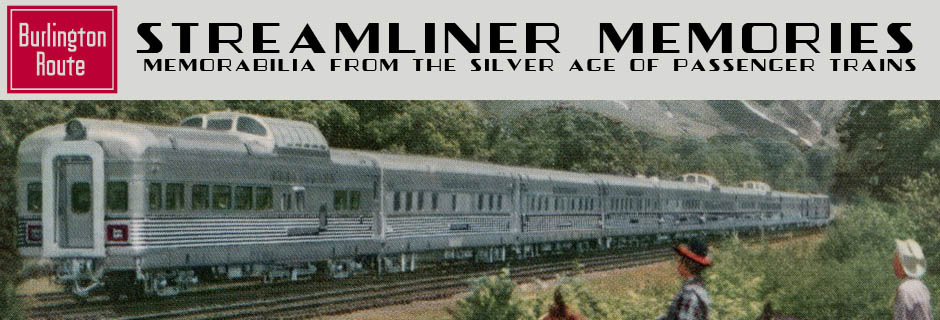By 1949, railroads had bought so many F3s that Trains magazine editor David P. Morgan suggested that railroaders then were “the age of the F3.” He didn’t know that the F7, which would be introduced in 1949, would greatly outsell … Continue reading
Tag Archives: Miscellany
Some railroads initially numbered their four-unit FTs and F3s all the same number, such as 800, with individual units designated 800 A, B, C, and D. Others numbered the A units differently, so a four-unit set might be numbered 800 … Continue reading
About 50 different railroads purchased F3 locomotives, plus several more if you count various subsidiaries such as Wisconsin Central separate from the Soo Line or International & Great Northern separate from Missouri Pacific. Of course, the locomotive’s success was partly … Continue reading
After GM’s original F3 (but really F2) demonstrator, number 291, was involved in a head-on collision that totaled one of the A units, GM upgraded the other units to 1,500 horsepower. It then created a new demonstrator using two new … Continue reading
A Diesel-electric locomotive consists of a Diesel engine that turns an electrical generator to produce electricity that powers electrical motors to the wheels. In 1945, General Motors had developed a generator capable of upping the FT’s power from 1,350 horsepower … Continue reading
GM continued to make E7 locomotives through early 1949, while the E8 was introduced in late 1949. A total of 32 railroads bought E7s. Note that all of the paintings of E7s used on these data cards are based on … Continue reading
GM built a demonstrator E7, but it was less to demonstrate the E7 itself than to show off the Train of Tomorrow. Of course, by stimulating interest in riding passenger trains, GM hoped to stimulate sales of its locomotives, but … Continue reading
The E7 proved to be the most popular E unit General Motors produced, though only by a small margin. GM made 510 E7s, 496 E8s, and 344 of all other Es combined. This card is signed “Harry” meaning Harry Bockewitz. … Continue reading
Although the war was still raging in early 1945, General Motors had made enough minor improvements to the Diesel engines that powered its locomotives to justify advertising a successor to the E6. The E7 differed from the E6 more on … Continue reading
General Motors sold a total of 1,096 FT units. This success was partially because so many railroads quickly accepted the revolutionary advantages of Diesels. But it was also partly because the war prevented GM from innovating, which would have led … Continue reading
